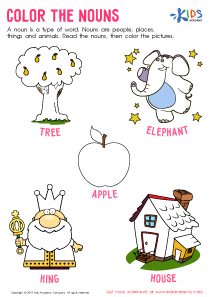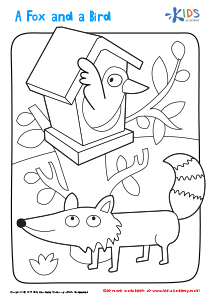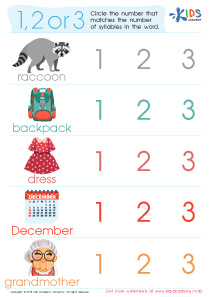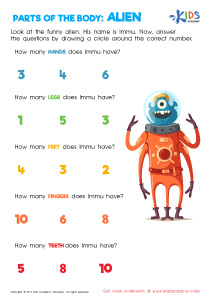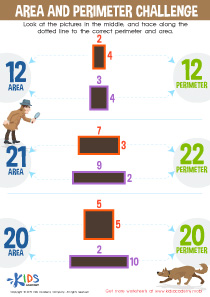Foundational Reading Lessons | Digraphs, Grade 3
0 results
Looking to help your Grade 3 students develop their literacy skills? Our Digraphs Lessons are perfect! Through interactive worksheets, educational videos, and assessment quizzes, your students will learn all about the basics of digraphs and how they can affect pronunciation. Designed to be both fun and challenging, our lessons will help your students become confident readers and writers, and will provide them with a solid foundation for further learning. So why wait? Sign up today and start giving your students the tools they need to succeed!
Digraphs Lessons for children in grade 3 can be extremely helpful in their studies. By understanding digraphs, children can improve their reading and writing skills. Digraphs lessons teach children to recognize and decode words with digraphs. This is essential for reading comprehension and fluency. Digraphs are also essential in spelling and writing, as they allow children to form more complex words.
The interactive worksheets and educational videos included in the Digraphs Lessons help children understand how digraphs work. This encourages participation and makes learning more enjoyable for children. Through these lessons, children learn to identify different types of digraphs, such as sh, ch, wh and th. They also learn how to use these digraphs in words, such as chop, whip, and math.
With the help of Digraphs Lessons, children can improve their vocabulary and spelling skills. By recognizing digraphs, children can spell and write new words with ease. This helps them in their future studies, as spelling is essential in all subjects. Additionally, children can expand their vocabulary by learning new words that contain digraphs. This is beneficial in reading comprehension, as children can understand the meaning of words better.
Assessment quizzes in the Digraphs Lessons can help children track their progress. These quizzes are designed to test their knowledge on digraphs, which motivate children to learn more. As the quizzes are interactive, children receive immediate feedback on their performance. This enhances their self-esteem and confidence, which is crucial in academic success.
Overall, Digraphs Lessons enable children to become better readers, writers and spellers. With a strong grasp on digraphs, children can read and write new words with ease. They can also expand their vocabulary and improve their reading comprehension. Thus, by incorporating Digraphs Lessons in their studies, children can excel academically and become confident learners.
